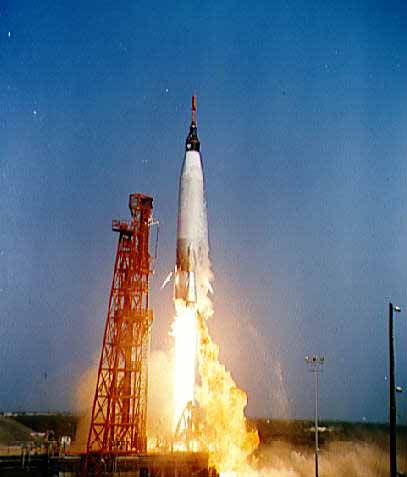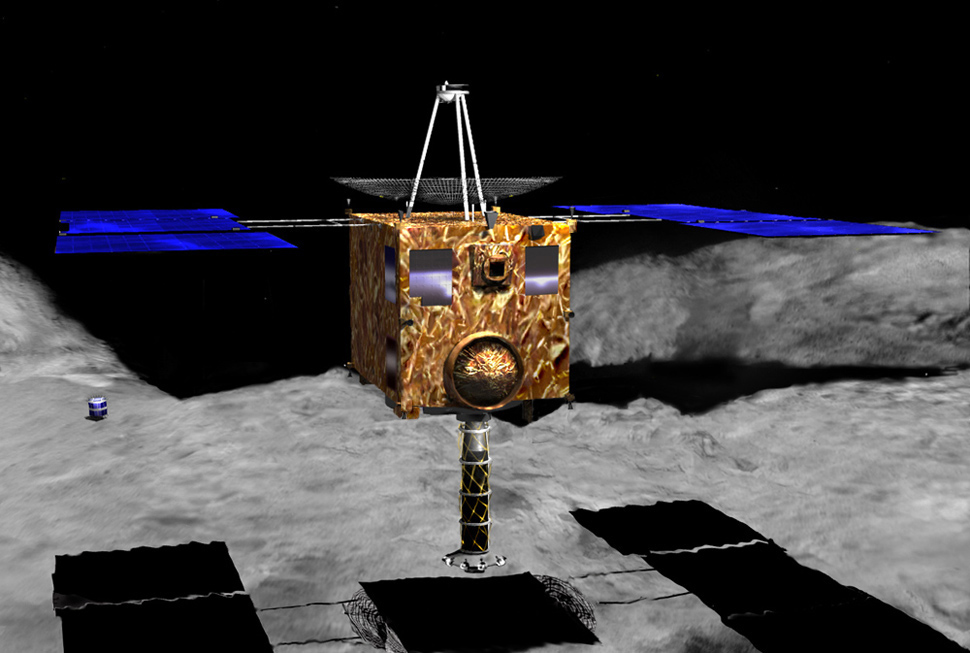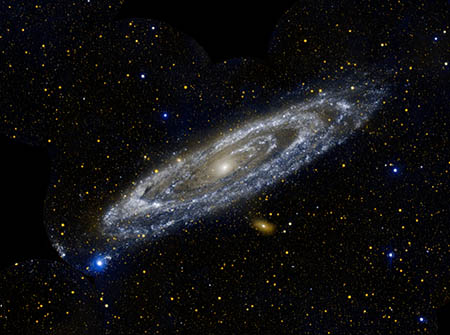Thirty-five years ago today — May 20, 1978 — Pioneer Venus launched from Cape Canaveral atop an Atlas Centaur rocket.

(Artist’s conception of the Pioneer Venus Orbiter. NASA image.)
The Pioneer Venus Orbiter was designed to study Venusian from orbit, and was followed about three months later by a second spacecraft, the “Multiprobe,” which carried small probes to be dropped into the Venusian atmosphere.
The Orbiter arrived at Venus on December 4, 1978, and continued operating until its fuel ran out, it dropped out of orbit, and burned up in October 1992. During its operational life, the Orbiter observed Comet Halley when it was not visible from Earth, became the first spacecraft to map the surface of Venus, and
measured the detailed structure of the upper atmosphere and ionosphere of Venus, investigated the interaction of the solar wind with the ionosphere and the magnetic field in the vicinity of Venus, determined the characteristics of the atmosphere and surface of Venus on a planetary scale, determined the planet’s gravitational field harmonics from perturbations of the spacecraft orbit, and detected gamma-ray bursts.
You can read more on this Pioneer Venus page and also on this overview page.
















